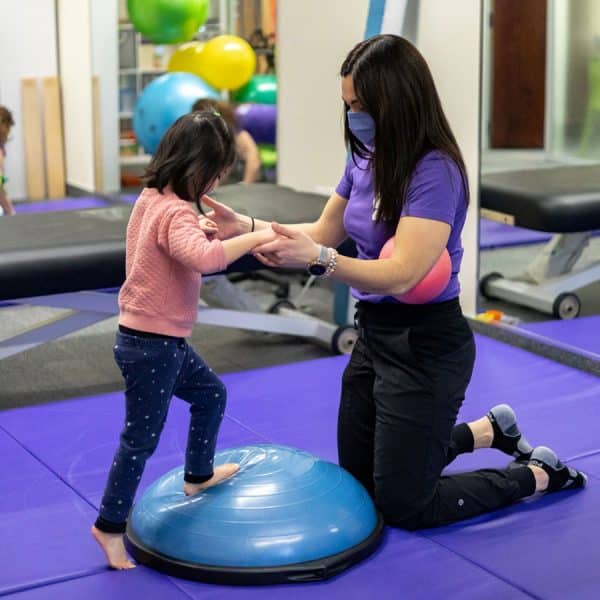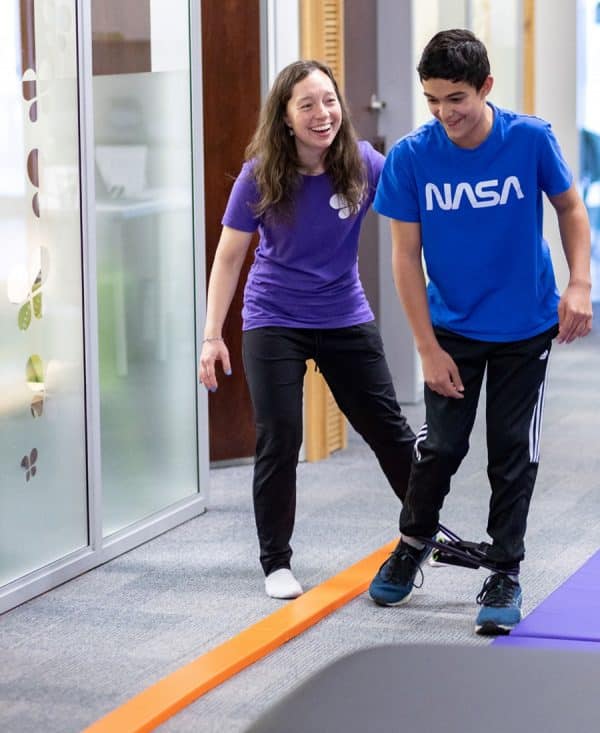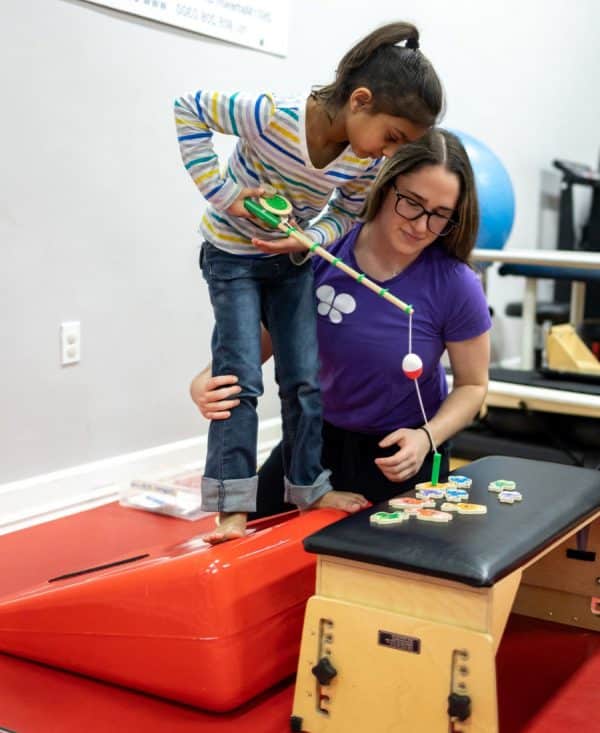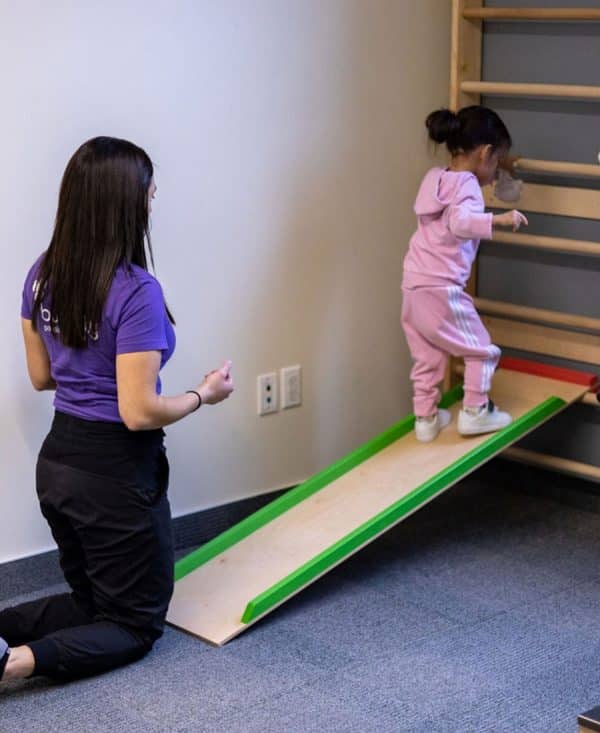Gait Abnormalities
As a child’s body grows and develops, there are multiple physical observations that may be considered typical when it comes to their walking pattern. However, at times, a child may present with gait abnormalities, or atypical patterns of walking, which can be caused by a variety of factors. You may have noticed your child walking with their toes turned in, their toes turned out, on their tippy toes, or with their knees bent in. Although common, it is possible that these observations may cause your child to have difficulty with regards to their participation in activities, or may lead to pain as they grow. Our physiotherapists are here to help develop efficient movement patterns, through identification of the contributing factors related to your child’s gait pattern and to introduce appropriate treatment.
Your physiotherapist will begin by performing a comprehensive assessment of your child’s gait. This will involve observation of your child’s posture and body alignment, testing of joint range of motion and muscular strength, as well as examination of their functional movement patterns. Based on your child’s assessment findings, your physiotherapist will develop an individualized treatment plan which may include a combination of techniques including muscle stretching, muscle strengthening, sensory strategies or education on appropriate footwear. Additionally, your physiotherapist may incorporate kinesiotaping, electrical stimulation, treadmill training, or potential orthotic referral to enhance therapy.
Why Butterfly?
We understand that your child’s walking pattern can be a cause for concern, and it’s not always easy to know when to seek help. Our physiotherapists are trained in gait analysis for children, and take a comprehensive approach to assessment and treatment. Our focus is on assessing each child’s unique needs and developing personalized treatment plans to address the underlying causes of their gait abnormalities. With our care and support, your child can improve their walking pattern, increase their confidence, and reach their full potential.




